.jpg)
Military Macaw
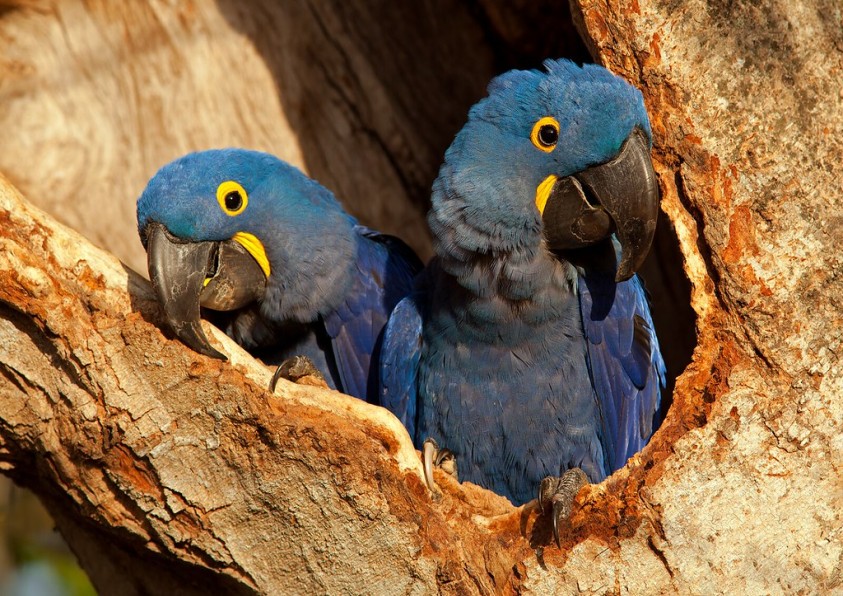
Hyacinth Macaw
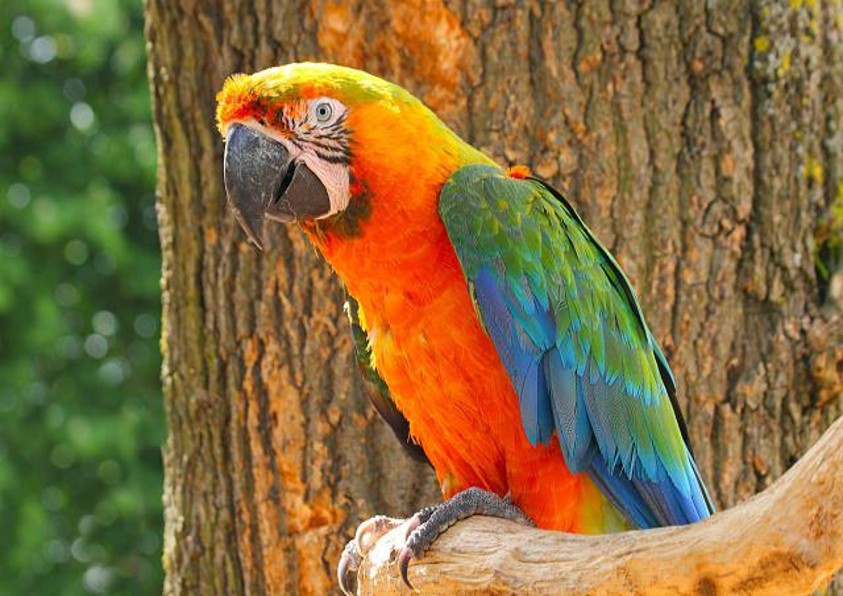
Macaws are known for their striking plumage and ability to mimic human speech. Macaws are large, intelligent and social parrots. They are active and playful and enjoy a variety of toys, such as – ladders, swings and puzzle toys, which can provide them with physical exercise and mental simulation. They have strong beaks, so they enjoy chewing and shredding things. They enjoy exploring their environment and love to interact with their owners.
By providing them items such as wooden blocks or untreated wicker baskets can help them to keep their beaks healthy and strong. Macaws have playful personalities and many owners find that their macaws do some funny and amusing behaviours. For example – they might enjoy playing hide and seek with their owners, or they might develop some kind of silly games or some kind of routines that they enjoy while doing it. They might also enjoy before eating the food by playing with the food, like tossing their plates and nuts around. It is important to provide macaws plenty of out of cage time to fly and move around. They also need a balanced diet and proper care to maintain their physical and mental well- being.
Macaws are known for their strong social bonds, so it’s important to spend proper time with them and interact with them regularly.
.jpg)


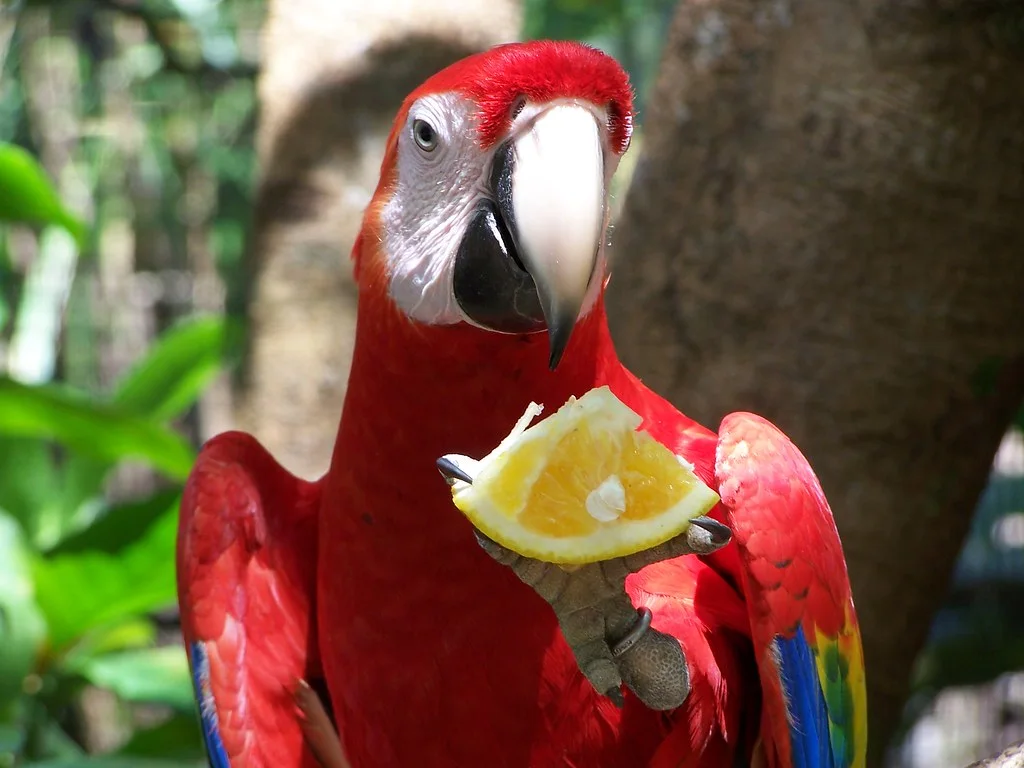
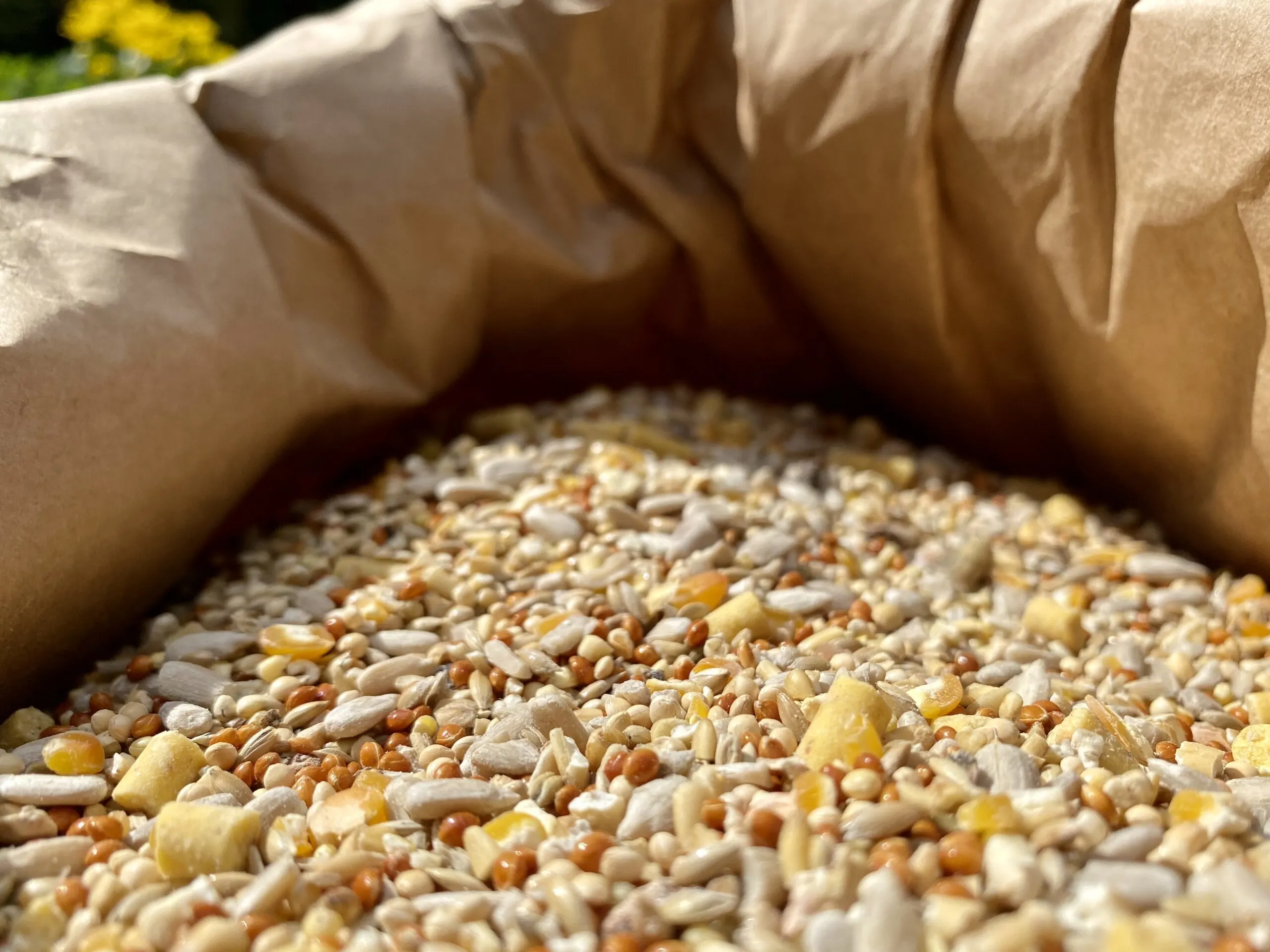
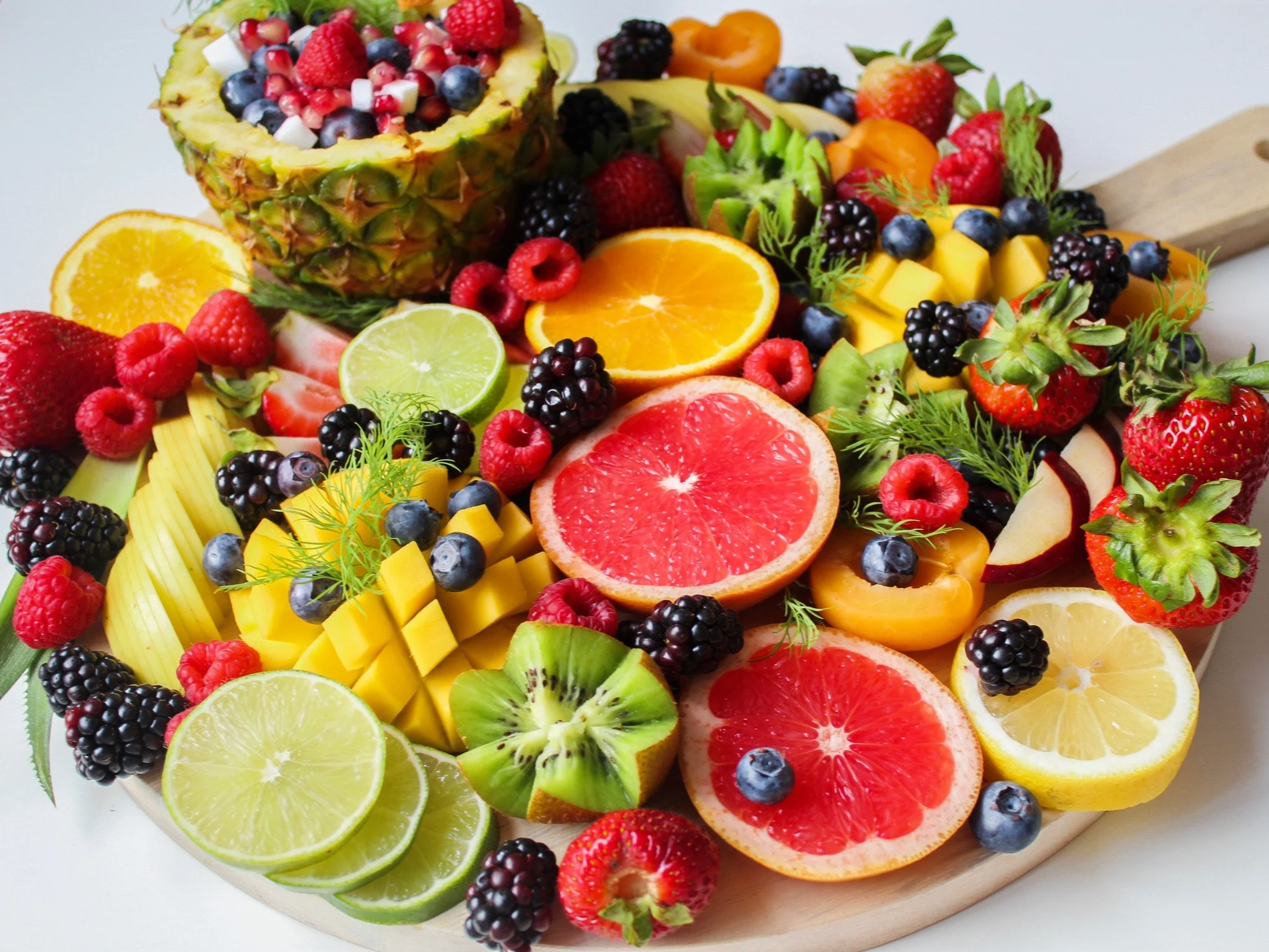
Within the wild, macaws are omnivores and feature a numerous diet along with fruits, nuts, seeds, bugs, and even small animals like snails and lizards. The specific diet of a macaw can vary depending on the species and their natural habitat.
In captivity, it's critical to provide a balanced and varied food plan to meet the nutritional wishes of the macaw. a great diet for a captive macaw includes:
1. A high quality, pellet meals this is formulated especially for macaws. This needs to be made up by most people in their diet.
2. fresh fruits and vegetables, inclusive of apples, bananas, berries, carrots, and leafy vegetables, have to be presented day by day
3. Nuts, inclusive of almonds, walnuts, and pecans, may be given as treats sparsely.
4. keep away from giving macaws ingredients which are excessive in fats, sugar, or salt, such as junk meals, chocolate, and processed snacks.
It's critical to be aware that a macaw's food plan can significantly impact their general fitness and well-being. talk over with a veterinarian or avian expert to decide the best eating regimen in your puppy macaw.